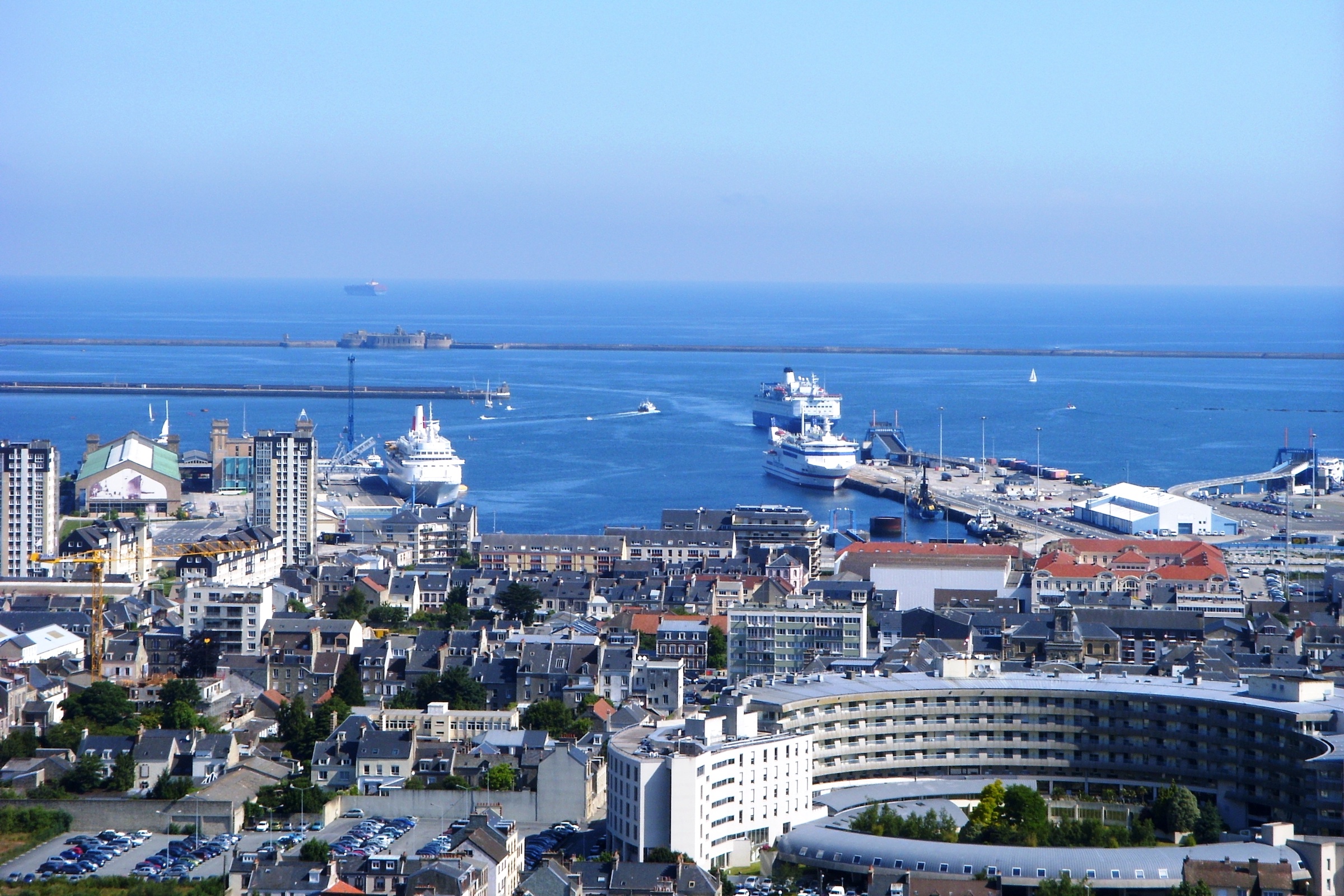Cherbourg

Ships, soldiers, umbrellas
It is a little surprising to hear about exotic plants in various public gardens and parks in Cherbourg, since the city is located on the coast of the harsh North Sea. But there is the Gulf Stream, which provides a mild climate and creates living conditions for plants that don't stand a chance inland. Many plants were brought to Cherbourg by seafarers who at all times set out from here and also returned via Cherbourg.
Some, however, set out here and never reached their destination or returned. On April 10, 281 passengers boarded the Titanic here, during the ocean liner's last continental European stopover. Four days later, the ship famously sank. The "La Cité de la Mer" museum commemorates this disaster with a number of rooms modeled on the original Titanic.
The name of the museum already suggests it: Cherbourg is characterized by its location by the sea and at a narrow point of the English Channel between France and England. The place has always been suitable to control this strait, and that is why there was probably a late Roman fort there as early as the fourth century. For centuries, the English and the French fought over Cherbourg, and the city was under English rule several times.
Fortifications were built and destroyed again and again. Still preserved is the Fort du Roule, an impressive fortress, located 117 meters above sea level and thus a good vantage point over the city and the port facilities. There is also a museum there that commemorates the role of the town and the region in the Allied landings in Normandy in 1944. Cherbourg had a central function in supplying the Allied troops in Western Europe after the invasion.
This role was also made possible by the offshore roadstead, which provided protection for the port and was created precisely for this purpose. It was built after a naval battle a few kilometers away in 1692 turned into a disaster for the French fleet. Many ships were sunk by the Anglo-Dutch opponents because there was no protective harbor to which they could escape.
The speech, secured by several forts, is today a compulsory point of call for the harbor tours and thus one of the city's attractions. The Cité de la Mer museum has already been mentioned. There, not only the Titanic is remembered, but one can also visit the nuclear submarine Le Redoutable. Several aquariums show again other aspects of life at and in the sea, and the fact that the museum is housed in the former emigrant station points to the city's function as a staging post on the way to America.
Among the gardens, the park of the Chateau des Revalets can be highlighted, because there you can also visit this beautiful Renaissance chateau. In the botanical garden there is the Museum of Natural History. Art from the 15th to the 19th century is housed in the Thomas Henry Museum. Those who want to learn about life and economy in the region through the centuries can visit the Musée connaissance du contenin. In addition, there are various churches and other historic buildings that justify an extended tour. Finally, in a way unique is the Manufacture de Parapluies de Cherbourg, where you can see how the famous umbrellas of Cherbourg are made.